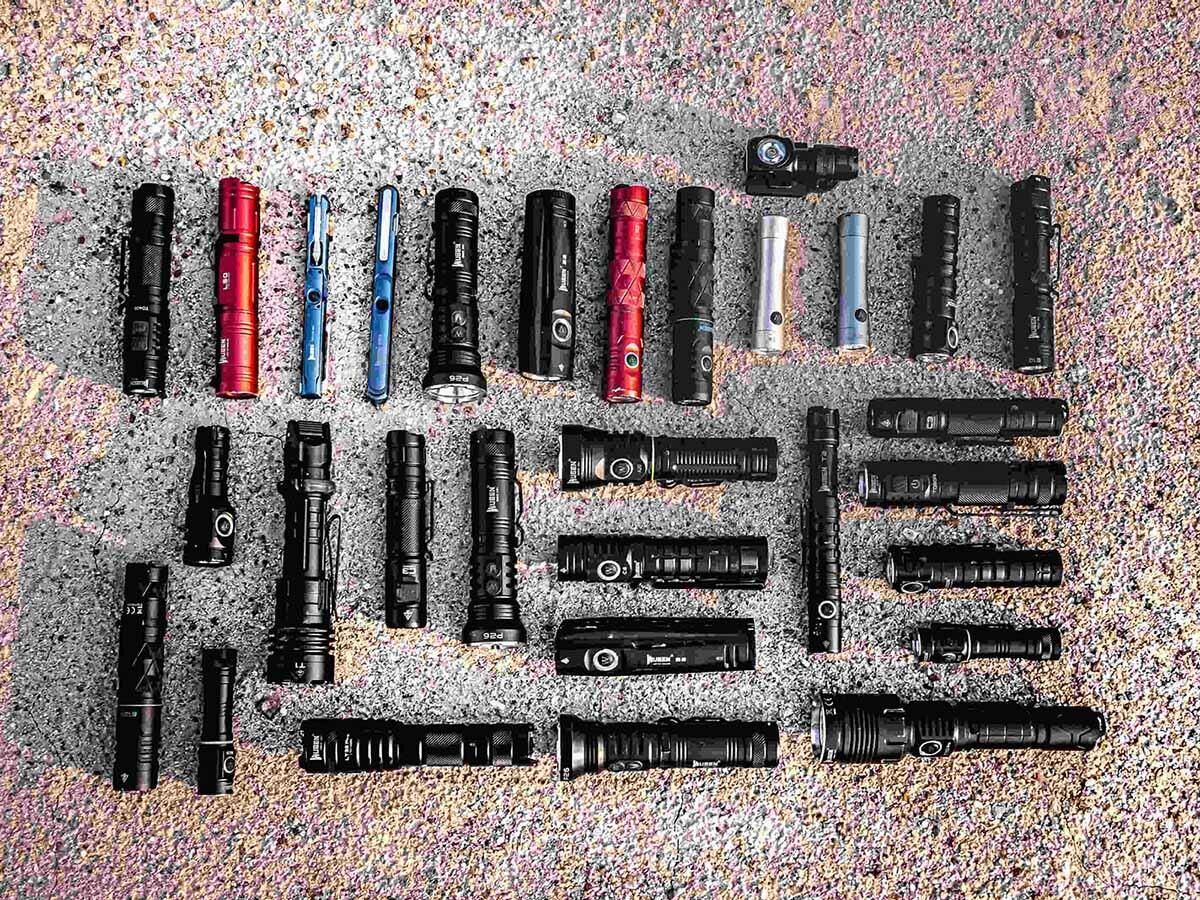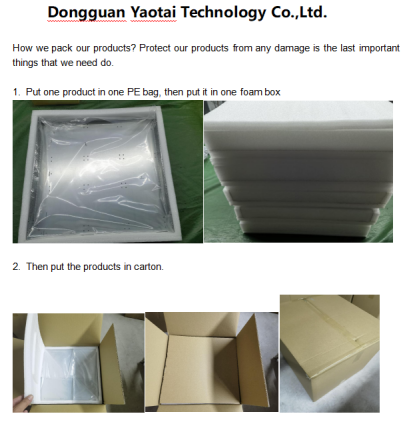Aluminum CNC Turning Flashlight Shell
Materials used in flashlights
There are many different materials for flashlights. In order for you to choose the flashlight that best meets your needs, we shall outline common materials utilized and terms linked to material properties.
Aluminum alloy
The body of the majority of high-quality flashlights is typically made of an aluminum alloy. This is because to its strength, low density, and capacity for both electrical and thermal conduction.
Aerospace-grade aluminum alloy
'Aerospace-grade aluminum' is used in the manufacture of several flashlights. 2024-(T3 or T351), 7050-(T7451 or T6), and 7075-(T6/T651 or T7351) are included in this category. The most typical alloy is 7075-T6. Although these alloys can be anodized, they cannot be welded.
Aircraft-grade aluminum alloy
The most popular 'aircraft-grade' aluminum alloy is 6061-T6. Because of its toughness and great tensile strength, it is utilized in flashlights.
What is anodizing?
An aluminum alloy surface can be anodized to increase its abrasion and corrosion resistance. Additionally, it improves the surface's suitability for painting. Anodizing is the process of oxidizing the aluminum alloy surface.
Hard anodizing is the name for type III anodizing. In comparison to Type II anodizing, it offers an aluminum oxide coating that is thicker, more deeply embedded, and less porous.
What material do you want for your flashlights? The materials can be Titanium alloy, Stainless steel, Copper, Brass. If you want any of these materials, please contact me.














